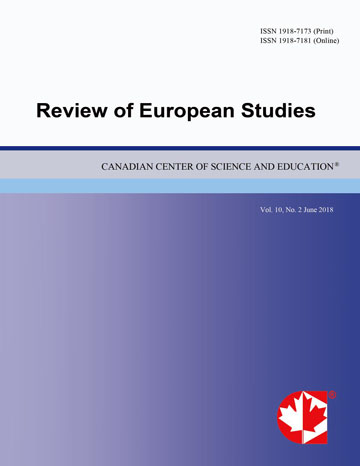Clustering Applied to the Education: A K-means and Hierarchical Application
- Víctor Daniel Gil-Vera
- Isabel Cristina Puerta-Lopera
- Catalina Quintero-Lopez
Abstract
Currently, most schools in the world use ICT, which is why students must make use of computers and mobile devices in and out of schools. Thanks to the use of technology, students are more interested and motivated to learn, considering that motivation is one of the main engines of learning, since it encourages activity and thought. On the other hand, motivation makes students spend more time working and therefore they are more likely to learn more. The aim of this paper was to present a clustering of European countries according to the number of desktop computers available to students in primary schools (ISCED 1), lower secondary schools (ISCED 2) and upper secondary schools (ISCED 3). Was used the database developed by the ES Open Data Portal for the year 2019 on "ICT in Education". For the classification were used the hierarchical clustering and K-means techniques and the statistical software Rcran 3.6.3. These techniques were used as they have the ability to group a large number of elements into clusters, based on the similarity learned. This paper concludes that the countries with the highest GDP are not the ones that have the most desktop computers in their schools. Bulgaria is the country with the major number of desktop computers in their schools.
- Full Text:
 PDF
PDF
- DOI:10.5539/res.v12n3p66
Index
- ACNP
- CNKI Scholar
- DTU Library
- Elektronische Zeitschriftenbibliothek (EZB)
- EuroPub Database
- Excellence in Research for Australia (ERA)
- Genamics JournalSeek
- Google Scholar
- Harvard Library
- HeinOnline
- Infotrieve
- JournalTOCs
- Mir@bel
- Open policy finder
- RePEc
- ResearchGate
- ROAD
- Scilit
- Technische Informationsbibliothek (TIB)
- The Keepers Registry
- Universe Digital Library
- WorldCat
Contact
- Paige DouEditorial Assistant
- res@ccsenet.org
